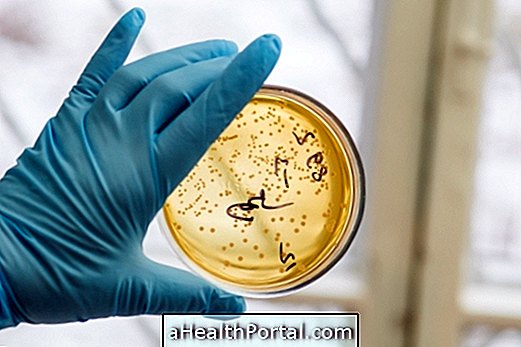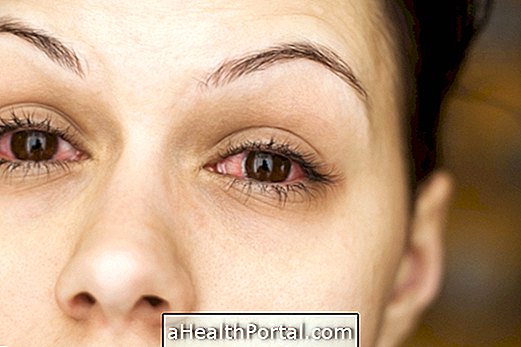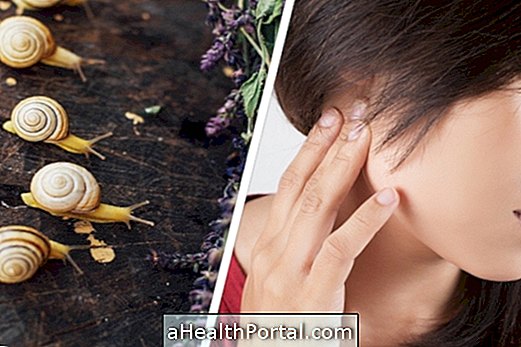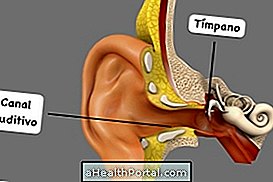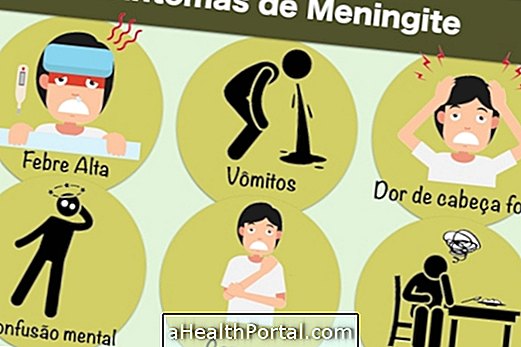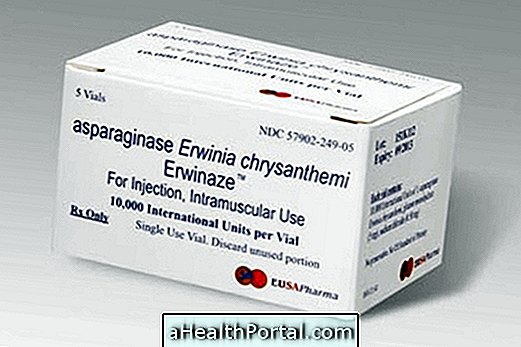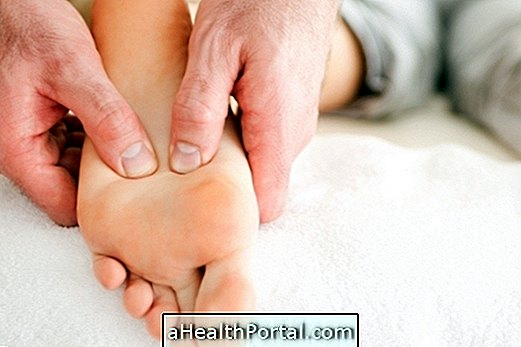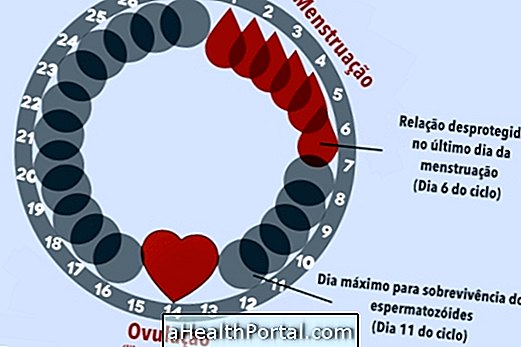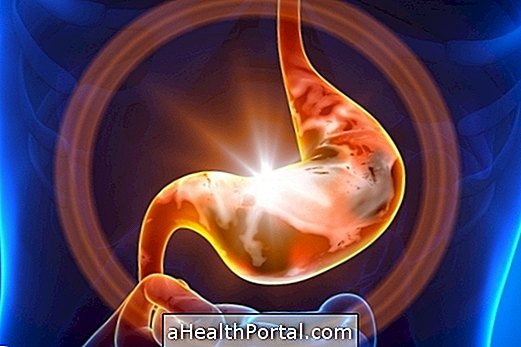Candida albicans is the most common fungus responsible for candidiasis, an infection that can develop in any part of the body, but is more frequent in the genitals and mouth due to the taking of antibiotics or simply due to the low immune system.
Candida albicans in the mouth can occur even in individuals with normal immune systems, as there are people more susceptible to this type of infection than others.
Symptoms caused by Candida Albicans
The symptoms caused by Candida albicans depend on where the fungus has developed. In the mouth the symptoms can be:
- White plaques on the mouth, cheeks, tongue or throat.
In vaginal candidiasis, symptoms include:
- Thick, white discharge, similar to curdled milk;
- Redness on the outside of the intimate region;
- Itching in the vagina;
- Burning or pain during intercourse;
- Burning or pain when urinating.
Typically, the diagnosis is made through the presence of symptoms, but oral papillary examination may require scraping of the lesions in the mouth for analysis and pap smear in case of vaginal candidiasis.
How to get the Candida Albicans
Candida Albicans does not catch on because it occurs when the immune system is weakened.
Treatment for Candida Albicans
The treatment for Candida Albicans can be done through antifungal medicines in the form of tablets or ointment that should be applied directly to the infected area.
In case of vaginal candidiasis, the gynecologist is the doctor indicated to determine the best treatment and in case of oral candidiasis, the general practitioner.
Candida Albicans in pregnancy
Candida albicans in pregnancy may proliferate from the intimate region of the woman, where she lives naturally, due to high levels of estrogen, causing vaginal candidiasis.
Candidiasis in pregnancy is common and the symptoms are the same as those mentioned above for vaginal candidiasis, as well as treatment.
Useful links:
- Vaginal candidiasis
- Oral candidiasis
- Candidiasis in pregnancy
